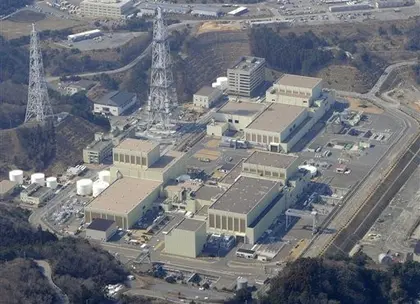The group comprises specialists who were involved in clearing the aftermath of the nuclear breakdown at the Chornobyl NPP in Ukraine.
"The proposals were passed by first deputy head of the State Agency for the Zone of Alienation Dmytro Bobro and deputy head of the National Security and Defense Service Serhiy Parashin through the Japanese embassy in Ukraine," the Ukrainian Emergencies Service said in a statement circulated on Thursday.
JOIN US ON TELEGRAM
Follow our coverage of the war on the @Kyivpost_official.
According to Ukrainian specialists, to bring the heat processes in Fukushima-1 reactors under control, it is necessary "first, to ensure a normal cooling mode in the spent fuel pools by pumping water, sea water as a last resort, into them; second, the type of reactor fuel coolant needs to be changed – water, which might trigger a steam-zirconium reaction fraught with the release of hydrogen and potential blasts, should be replaced with low-melting and chemically neutral metal, for instance tin which will pull heat away from the fuel rods (molten or damaged) towards the inner walls of the reactor, while continuing to use sea water to cool down its outer walls".
The tin ‘lake’ inside the reactor will "reduce the discharge of heavy fission products and bring ionizing radiation levels down. Chipped tin could be pumped in through steam communications under pressure using cylinders with helium or argon".
A team of Ukrainian nuclear specialists is ready fly out to Japan to help put these proposals into practice, the statement says.
You can also highlight the text and press Ctrl + Enter



